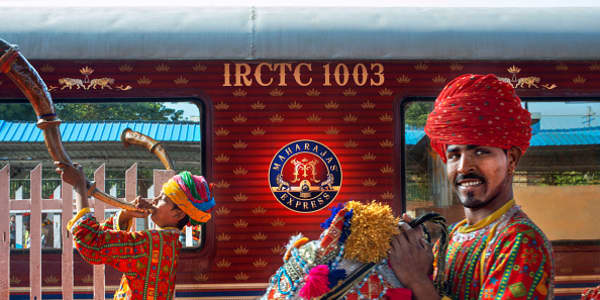There are many reasons to visit Peru, from its diverse natural geography to its cultural festivals and the remnants of an ancient civilization.
Millions of tourists flock to the Andean country every year to see the ruins of the Inca citadel Machu Picchu — but in 2015, a newly discovered geological wonder was added to the country's list of must-see destinations.
Vinicunca — also known as the Mountain of Seven Colors, or more simply Rainbow Mountain — was discovered four years ago when the snow covering it melted, revealing the natural beauty of the rock beneath. Formed by weathering, environmental conditions and sedimentary deposits over time, the mountain's unique minerology created a marbling effect, with layered hues of gold, lavender, red and turquoise towering into the sky.
Considered a holy site in Peru, the mountain has become a hotspot for international visitors, and is now the second-most visited attraction in the Cusco region thanks to local tour operators and a flurry of Instagram posts.
According to Peruvian media, Vinicunca is visited by 1,500 people a day — that's a third of the daily visitors received by Machu Picchu.
Planning a trip? Prepare for altitude
A number of tour operators run full-day visits to the Rainbow Mountain, which lies around 62 miles from Cusco — visitors should be prepared to start their day in the early hours with a winding, bumpy drive from the city. Travel agents in Cusco offer tours for around 100 Peruvian soles ($30), with most operators returning hikers to the city center by 7:00 p.m. An additional entry fee of 10 soles is taken at the site and is not included in the price of most tours.
Hikers wanting to trek up the mountain are looking at a round trip of around five miles from the bus drop-off. Visitors should be prepared to climb to high altitudes — Vinicunca stands more than 16,000 feet above sea level. The majority of the path isn't too challenging, although the final part of the hike is a more difficult, steeper incline.
For thrill seekers — or as an alternative way to see Vinicunca in all its glory — mountain bikes are available for hire. And for visitors who aren't into long treks, the journey can be taken on horseback for 80 soles. Horses can be rented at several points along the trek if walking becomes too difficult.
It's advisable to spend a few days in the Cusco region acclimatizing to high altitudes before attempting to hike the mountain.
What you should (really) expect to see
Local authorities recommend trekking Vinicunca between March and November, with blue skies most likely from June to August — but weather over the mountain can change in seconds. Peru's high season for tourism is between June and August, according to Lonely Planet, while the low season is between December and February.
Even during the tourism "shoulder season," Vinicunca's summit attracts huge crowds. Locals take advantage of this by selling souvenirs — including photos with llamas wearing glasses — so it's worth taking some extra soles on the hike.
It's worth noting that views of Vinicunca can be marred by bad weather, sometimes to the point that the mountain can't be seen at all. So it's wise for visitors to lower expectations from the picture-perfect images shared online — some of which it appears have been heavily photo-edited.
A lot of people who have been to the Rainbow Mountain have left disappointed by low visibility, with others feeling it doesn't live up to its reputation in cloudy weather as the colors in the rock are dimmed. In extremely poor conditions, authorities close the treks altogether.
Because of the unpredictable weather, it can also be difficult to dress appropriately — it's best to bring several light layers to prepare for swings between wind, rain and sunshine, with temperatures at the top of the mountain noticeably dropping. Rain jackets are a must, as are sunglasses, sunscreen and plenty of water.





